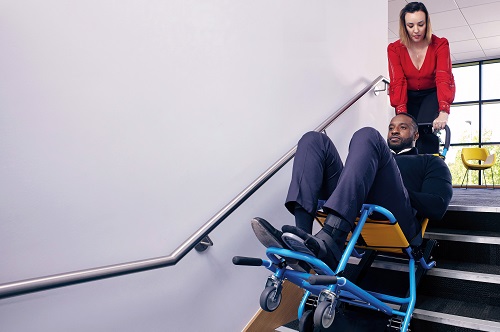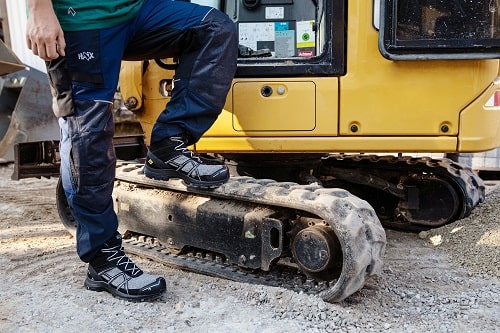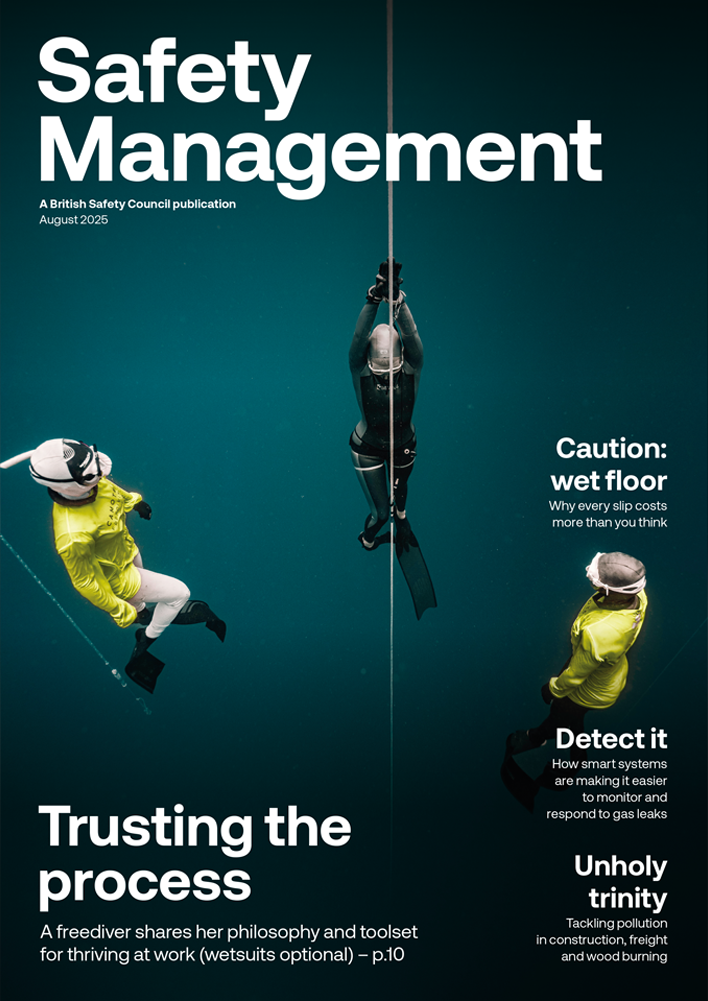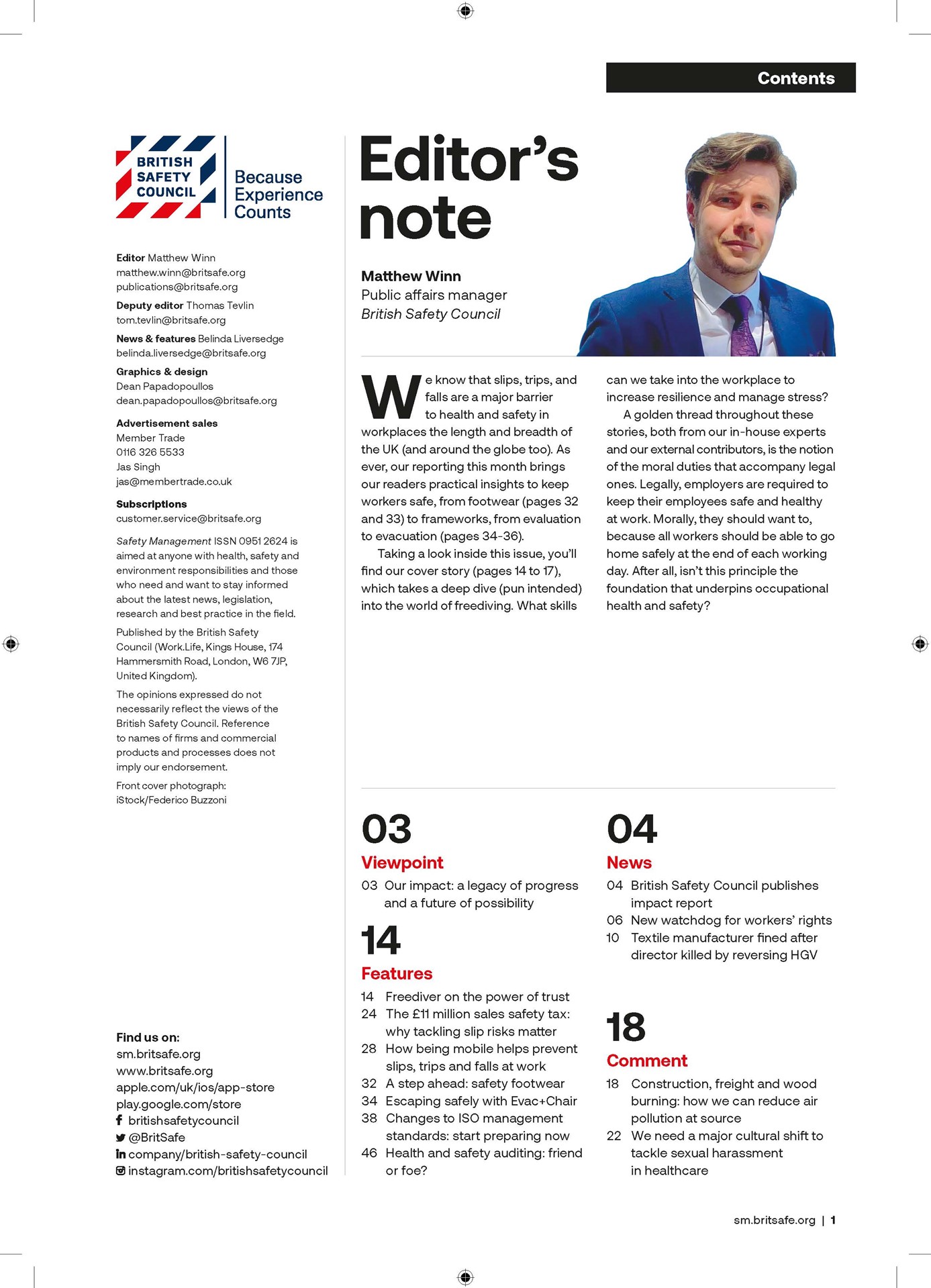Renting, rather than purchasing, safety equipment like gas detectors and respirators can, in certain situations, offer safety, environmental and productivity benefits, including immediate access to the most up-to-date technology and the ability to save on ongoing maintenance costs.
Features
Gas detection and monitoring: safety as a service
When it comes to managing corporate safety requirements such as gas detection and monitoring, having the right equipment in place to keep employees safe, and to protect company assets, is non-negotiable.
 Photograph: Dräger
Photograph: Dräger
However, when it comes to funding this type of equipment, there is a growing recognition that in some situations and environments, renting items may provide advantages compared to buying outright.
With mixed expectations for the UK economic outlook in 2025, the case for rental has become more compelling than ever, providing a smart way to optimise cash flow, conserve capital and increase borrowing capacity; while allowing access to the very latest, up-to-date safety equipment.
Traditional approach
Traditionally, safety equipment (whether for gas monitoring or respiratory protection or otherwise) has been purchased outright, and businesses will often store this safety kit on their own premises, managing tasks such as ongoing maintenance and calibration so that it can be employed as needed. In some instances, this may not be more than once or twice a year (for shutdowns or specific short-term projects, for example), meaning that equipment – although vital to have in place – can quickly become outdated or even obsolete.
However, many businesses are now rethinking their approach to acquiring safety equipment and adopting a ‘safety as a service’ style approach focused on renting equipment as and when it is needed. This also means companies are not locking themselves into a long-term commitment, as they rent the equipment only for as long as it is needed.
Although a relatively innovative method of procuring safety equipment, this type of approach is of course common when it comes to acquiring other items across businesses, such as corporate vehicles or large capex items involved in manufacturing or construction. It is broadly recognised that using rental rather than outright purchase for these capex items has a range of economic benefits, providing more control over cashflow and preserving working capital. These same benefits often apply to safety equipment.
Furthermore, when it comes to safety, advances in technology mean that accompanying software and systems are constantly evolving, becoming ‘smarter’ and offering more flexible assets with greater connectivity. So, instead of raising capital to update their own systems, an option open to UK businesses is to use a rental service, meaning that the business always has cost-effective access to the latest equipment; fully updated and maintained to all relevant safety specifications.
Additionally, newer equipment is often less complex and easier to use, reducing training requirements and allowing staff to get up to speed quickly as training can be carried out easily and swiftly online.
‘Self-service’ methods of safety kit rental
Such new innovation isn’t limited to the equipment itself. Over recent years, suppliers like ourselves have developed ‘self-service’ methods of safety kit rental – for example, at Dräger we have a Rental Robot system which can be located at any given site. Such systems ensure kit is fully charged, calibrated and updated before it is released to each user, as well as ensuring the user is registered and cleared to use the equipment in question, preventing unauthorised use of the kit.
Originally these units were most frequently set up for decommissioning shutdowns in the oil and gas industry, but they are now widely available and in use throughout the UK for applications within any general industry setting, providing round the clock access and tracking of all assets to save on time, cost and resources, while providing transparent accountability for the projects.
The equipment in Rental Robots is remotely updated – with the responsibility for doing so resting with the equipment hire company – effectively outsourcing a business’ safety equipment needs and ensuring the very latest, fully working and serviced technology is on site, ready for use when it is needed.
Furthermore, rental is more sustainable: the equipment is re-used, reducing environmental impact by minimising waste, conserving resources and promoting efficient use of equipment.
In conclusion, whether a company is looking to acquire hydrogen gas detection devices for a lab in a science park, fire and escape equipment in heavy industry, or drug and alcohol testing equipment for an office environment, renting such equipment can provide a cost-effective option. Crucially, without compromising on safety, while also streamlining the funding and operational aspects of safety and adhering to best practice as well as broader corporate social responsibility (CSR) policies.
Rental Robot case study
A large multinational chemical company uses Dräger’s Rental Robot units at 11 locations, giving its workforce access to fully charged, fully serviced, updated and calibrated, ready-to-use equipment whenever needed, so workers can focus on timely completion of projects.
In doing so, the company saves time and money on preventative maintenance and worker downtime and has a fully audited record of the usage history, performance and maintenance of equipment, and a readily available analysis for compliance and procurement.
At a glance – five reasons to rent:
- Economic – renting can optimise the cash flow of a business, conserving capital and increasing borrowing capacity.
- More effective project management – access to safety equipment as soon as it is needed, for as long as it is needed, ensuring costs can be determined quickly and accurately. Meanwhile, reduced maintenance and worker downtime means that the workforce can focus on completion of tasks.
- Environmental – recycling of equipment reduces the environmental impact by minimising waste, conserving resources, and promoting efficient use of equipment.
- Access to the latest equipment – advancements in technology mean that safety equipment is constantly evolving, becoming ‘smarter’ and offering more flexible systems with greater connectivity. Using a rental service means that the business always has access to the latest, fully updated equipment, maintained to all relevant safety specifications.
- Reduced maintenance and training – renting equipment means that devices arrive fully serviced and calibrated to ensure accurate readings and performance, ready to be used immediately. Newer equipment is also often less complex and easier to use, reducing training requirements and allowing staff to get up to speed quickly as training can be carried out easily and swiftly online.
Neil Shepherd is marketing manager at Dräger Hire.
For more information see:
FEATURES

Changes to ISO management standards: start preparing now
By Dr Keith Whitehead, British Safety Council on 08 August 2025
The key ISO management standards setting out best practice frameworks for effectively managing occupational health and safety, environmental and quality risks and opportunities are undergoing major revision, so it’s essential businesses start planning now to meet the new requirements in order to maintain their certifications under the relevant standards.

Inclusive, compliant evacuation planning: why training and maintenance matter
By Evac+Chair on 07 August 2025
Those responsible for business premises should provide assistive equipment to ensure the safe and efficient evacuation of people with mobility impairments. However, it is crucial that this equipment is regularly maintained and that staff are thoroughly trained in its use – otherwise, confusion and potentially fatal delays can arise in an emergency.

A step head: how the right safety footwear reduces workplace slips, trips and falls
By Simon Ash, HAIX on 06 August 2025
Safety footwear can prevent slip, trip and fall injuries, but it’s essential to consider other factors that could positively or negatively affect wearer comfort, such as breathable materials, waterproof qualities and boot weight.



